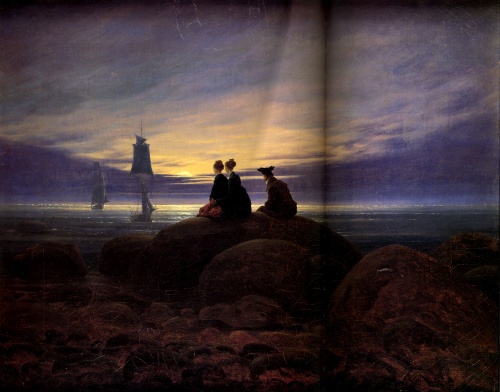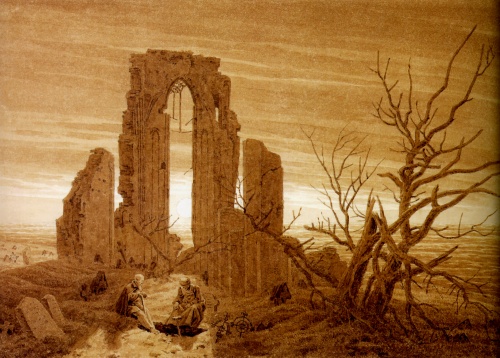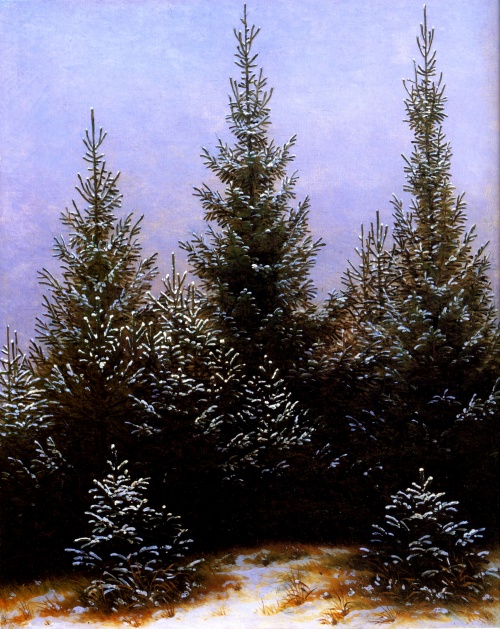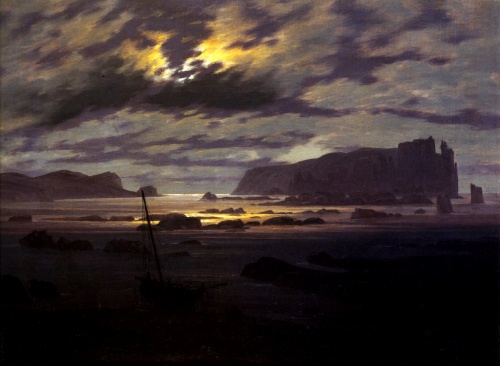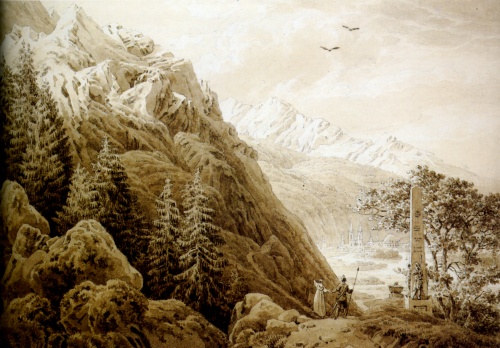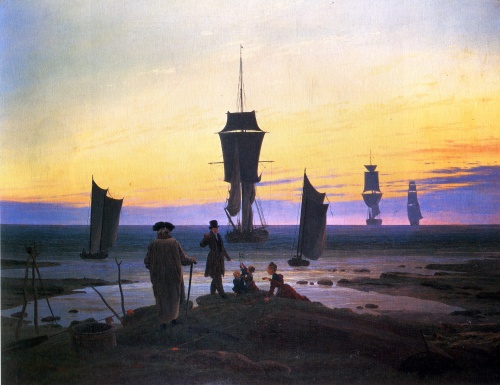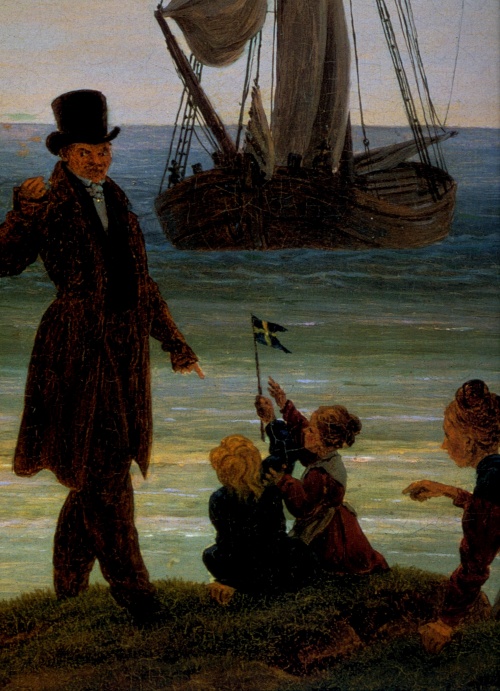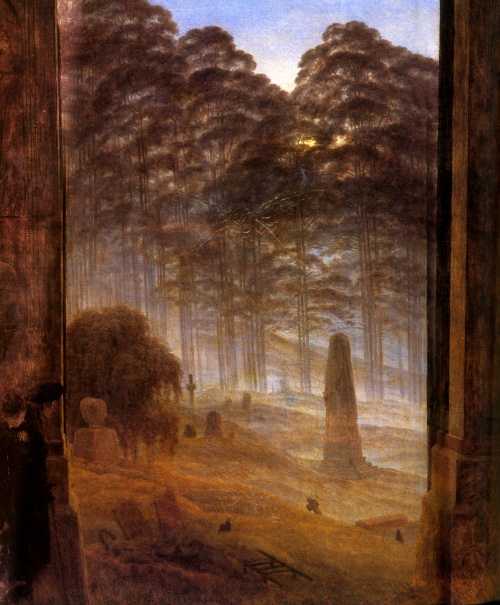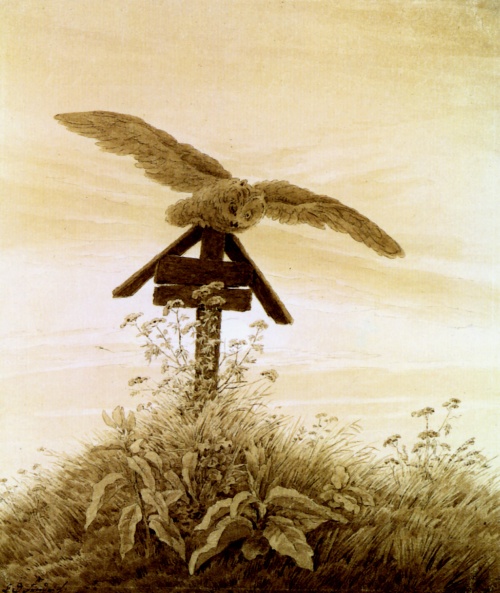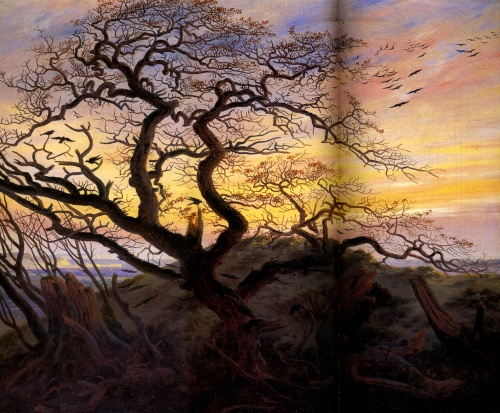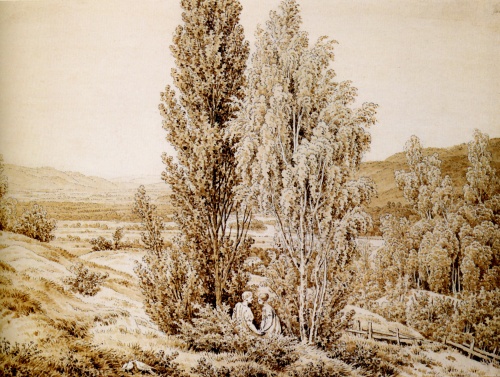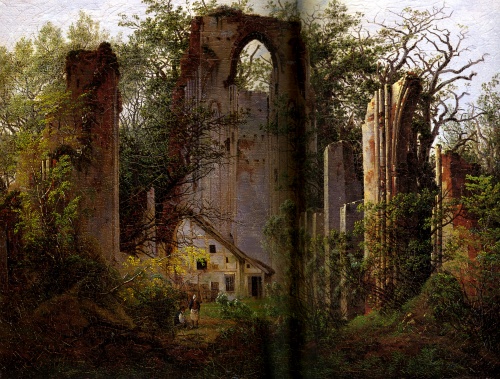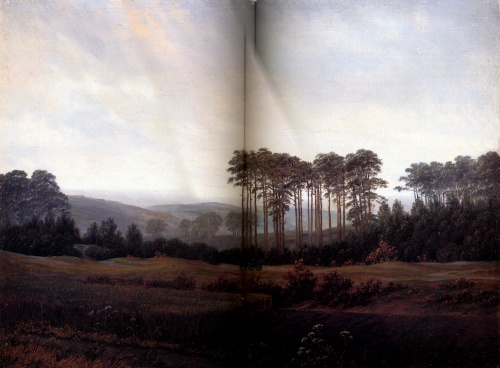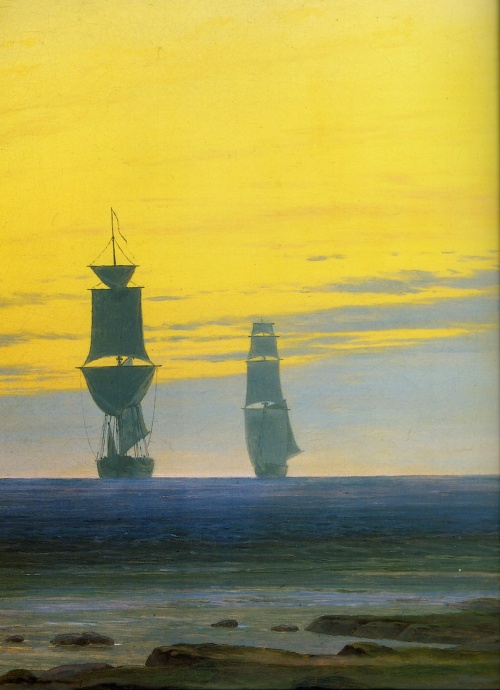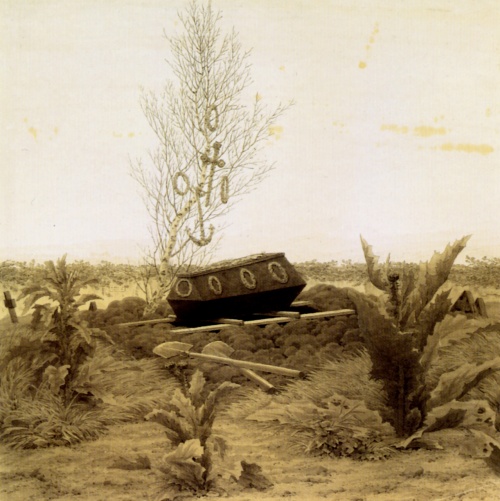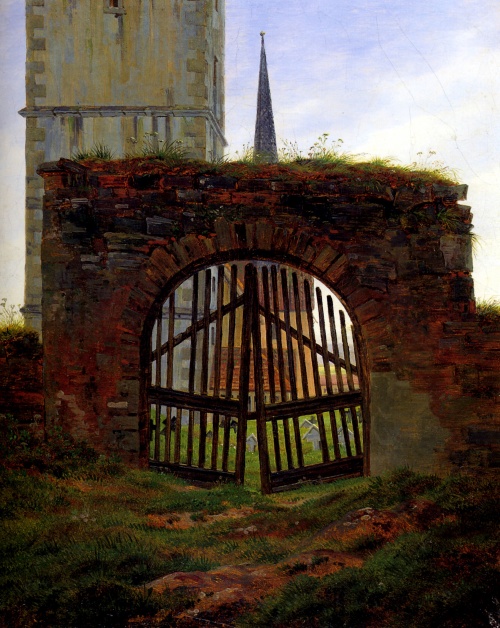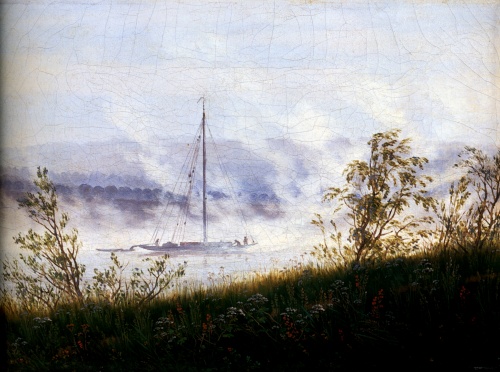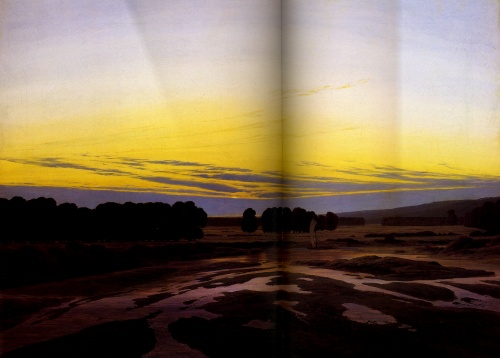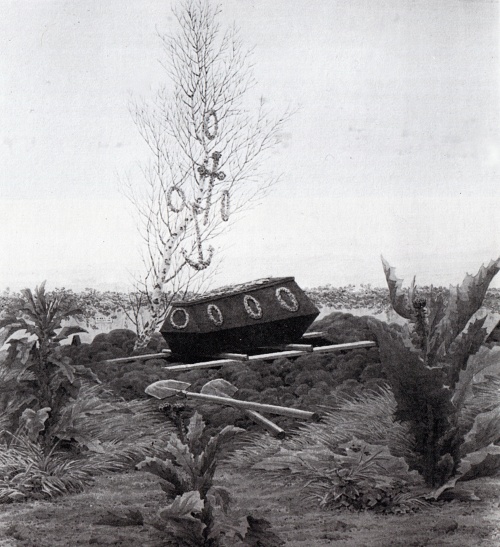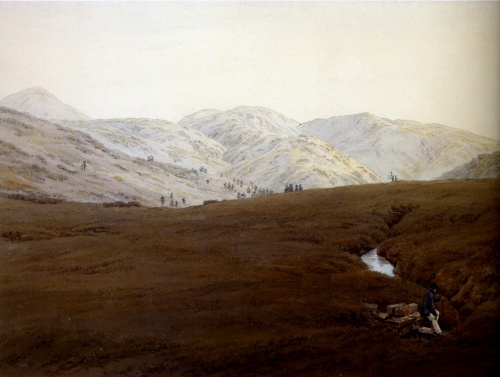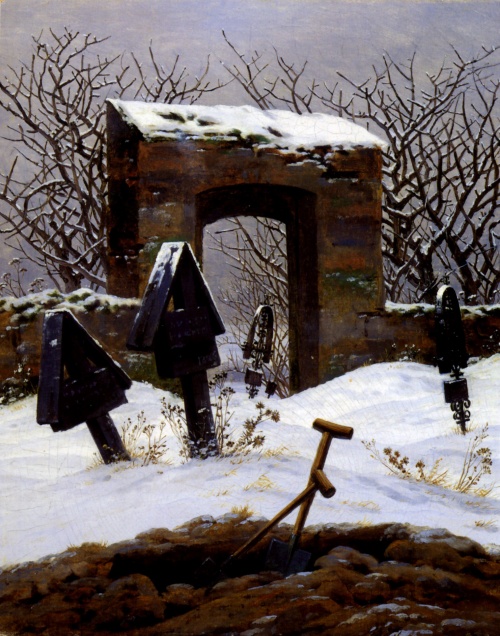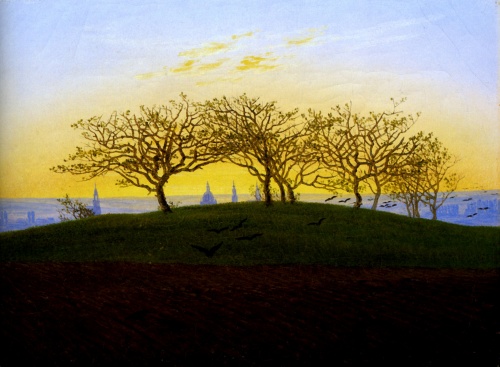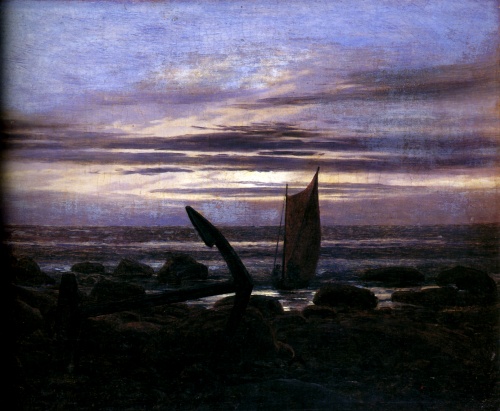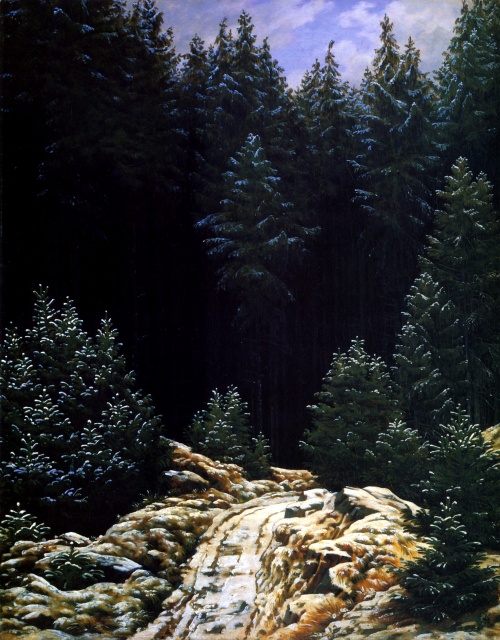Caspar David Friedrich | XIXe | Caspar David Friedrich (240 works) (part 2)
Caspar David Friedrich (German: Caspar David Friedrich, September 5, 1774, Greifswald - May 7, 1840, Dresden) - German artist, one of the largest representatives of the romantic movement in German painting (along with Philipp Otto Runge). An observant and profound master landscape painter, Caspar David Friedrich, as a matter of principle, did not sign or date his works: he considered himself only a co-author of eternal Nature.
Caspar David Friedrich was born on September 5, 1774 in Greifswald (Vorpommern) into the family of a soap maker. In his youth, he lost most of his relatives - the artist’s mother died in 1781, then his two sisters and brother died.
In 1790 he received his first drawing lessons. From 1794 to 1798, Friedrich studied fine art at the Academy of Fine Arts in Copenhagen.
In 1794-1798 he studied at the Copenhagen Academy of Arts.
After returning from Denmark, he traveled to various cities in Germany until he settled in Dresden. He became close to a circle of romantics, including L. Tieck, Novalis, G. von Kleist, as well as F. O. Runge; in 1810 he met I. V. Goethe, and in 1821 - with V. A. Zhukovsky; was friendly with the natural philosopher and artist K. G. Karus. He had a close relationship with the Norwegian artist Johan Dahl and had a great influence on his work. In search of motives, since 1801 he has repeatedly come to the island. Rügen in the Baltic Sea; loved to travel around Saxon Switzerland and the Harz; often visited his native Greifswald. Until 1807, he worked exclusively in drawing techniques (mainly in pencil or sepia), then he turned to oil painting. In 1810, the painter achieved public success.
Already in early paintings (Hun tomb in the snow, 1807; Techensky Altar, or Cross in the Mountains, 1808; both works - Art Gallery "New Masters", Dresden; Monk by the Sea, 1808-1810, National Gallery; Abbey in the Oak Forest, 1809-1810, Charlottenburg; Morning in the Giant Mountains (Riesengebirge), 1810-1811, National Gallery; all three paintings - Berlin) determined the thoughtful, in its own way mystical atmosphere of his art. The viewer, whose “substitute” is often figures detachedly contemplating landscape distances, is confronted in Friedrich’s paintings with mysteriously silent nature and symbols of super-real existence, revealed in the form of quite natural, but at the same time emphatically iconic details (sea horizon, mountain peak, a ship, a distant city, a traveling crucifix or just a cross, a cemetery). History - both ancient pagan and medieval - appears in the form of melancholic motifs (Hunnic tombs, ruins of temples and monasteries), emphasizing tragic breaks rather than the connection of times. The strength of the colors, quite sonorous, is tempered by fog and sunset or dawn haze.
Caspar David Friedrich was a landscape painter of the romantic movement. According to him, his landscapes
“...were not accurate images of air, water, rocks and trees....but a reflection of the soul and emotional content of these objects.”
For Frederick, nature was the vehicle of deep religious feelings and often took on symbolic meaning. He used landscape as a means to display his deep emotional experiences, which were reminiscent of the painting style of his predecessor and fellow countryman Altdorfer, who lived three centuries earlier.
In his programmatic work “The Four Ages of Life” (The Stages of Life) depicts human figures of four ages on a deserted Arctic coast and the same number of ships approaching the shore, but located at different distances. Thus, the master was able to convincingly represent the inexorable passage of time on the canvas. And the scene itself against the backdrop of sunset evokes a keen sense of melancholy nostalgia.
Another of his most popular paintings, best known as The Failure of Hope, creates an acute sense of despair and hopelessness.
With his works, the artist showed himself to be a predecessor of the pre-Raphaelites of the late 40s of the twentieth century.
Among other famous paintings by the master are Hutten's Tomb (1815, State Art Collection, Weimar), On a Sailing Ship (1818, Hermitage, Leningrad), Wanderer Above the Clouds (1818, Kunsthalle, Hamburg), Two Contemplating the Moon (1819-1820, Art Gallery " New Masters", Dresden), Moonrise over the Sea, Woman at the Window" (both works - 1822, National Gallery, Berlin), Frozen Sea (1823, Kunsthalle, Hamburg). A number of works contain poetic allegories of the struggle against the Napoleonic invasion (this is the French shooter in a spruce forest, 1812, private collection, Germany - with a lonely figure lost in a winter forest.) Over the years, the master increasingly repeated his favorite motifs, while natural contemplations were sometimes replaced by images-visions with angels and temples soaring in the sky. Some of the paintings, on the contrary, came close to Biedermeier’s idyllic and everyday poetics (Rest on the Day of the New Harvest, 1823, not preserved).
From 1824 he was a professor at the Dresden Academy of Arts. He left aphorisms and observations about art, emphasizing the need to combine fidelity to nature (“the soul of nature”) with internal
early spiritual intuition, which he considered a “divine verb” in the heart.
In 1835, the artist suffered from paralysis, and since then he no longer worked with oil paints, limiting himself to small sepia drawings.
The artist died in poverty on May 7, 1840 in Dresden. Forgotten for a certain period, Friedrich's art again attracted attention in the 20th century, starting with the era of surrealism.
